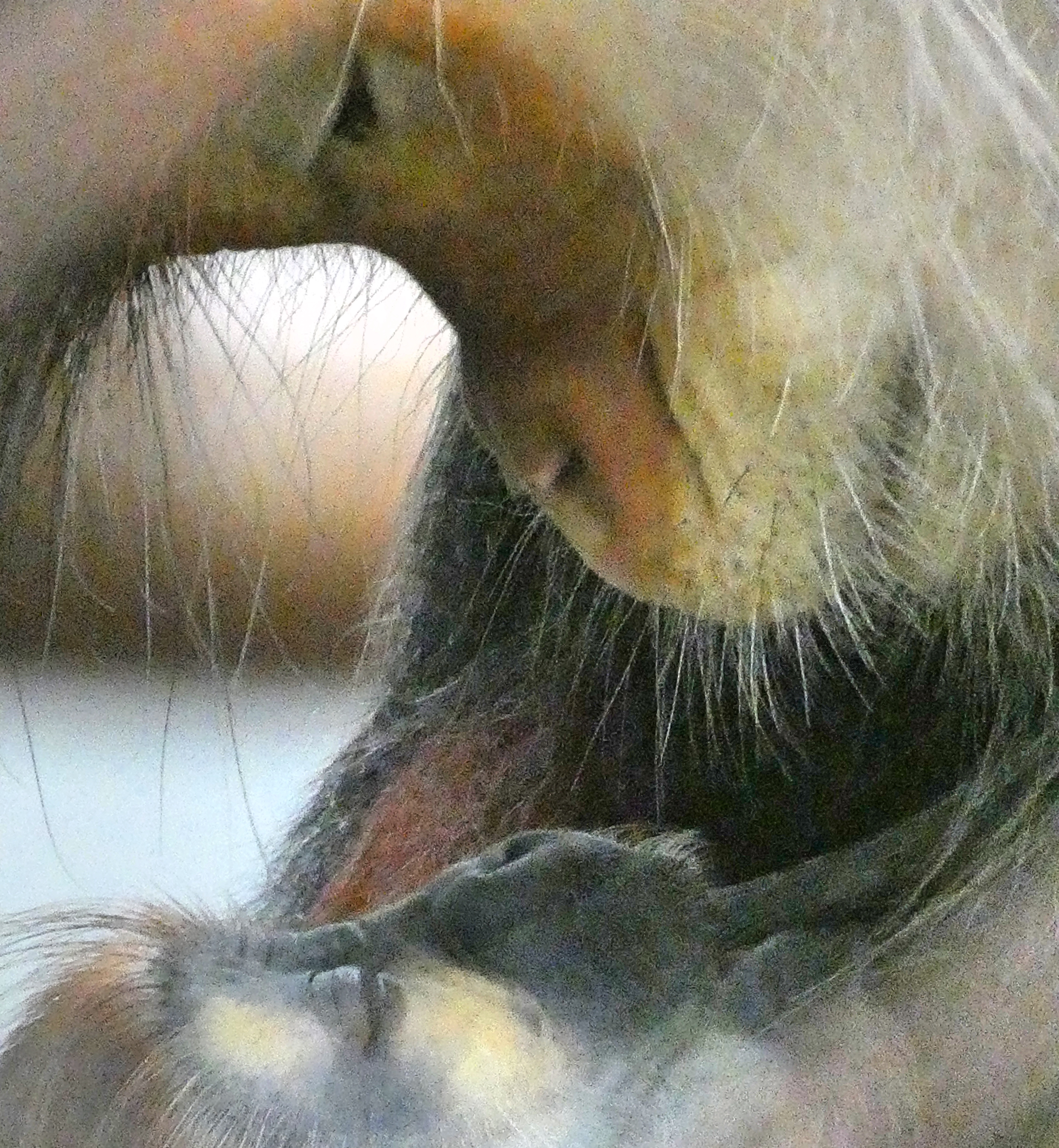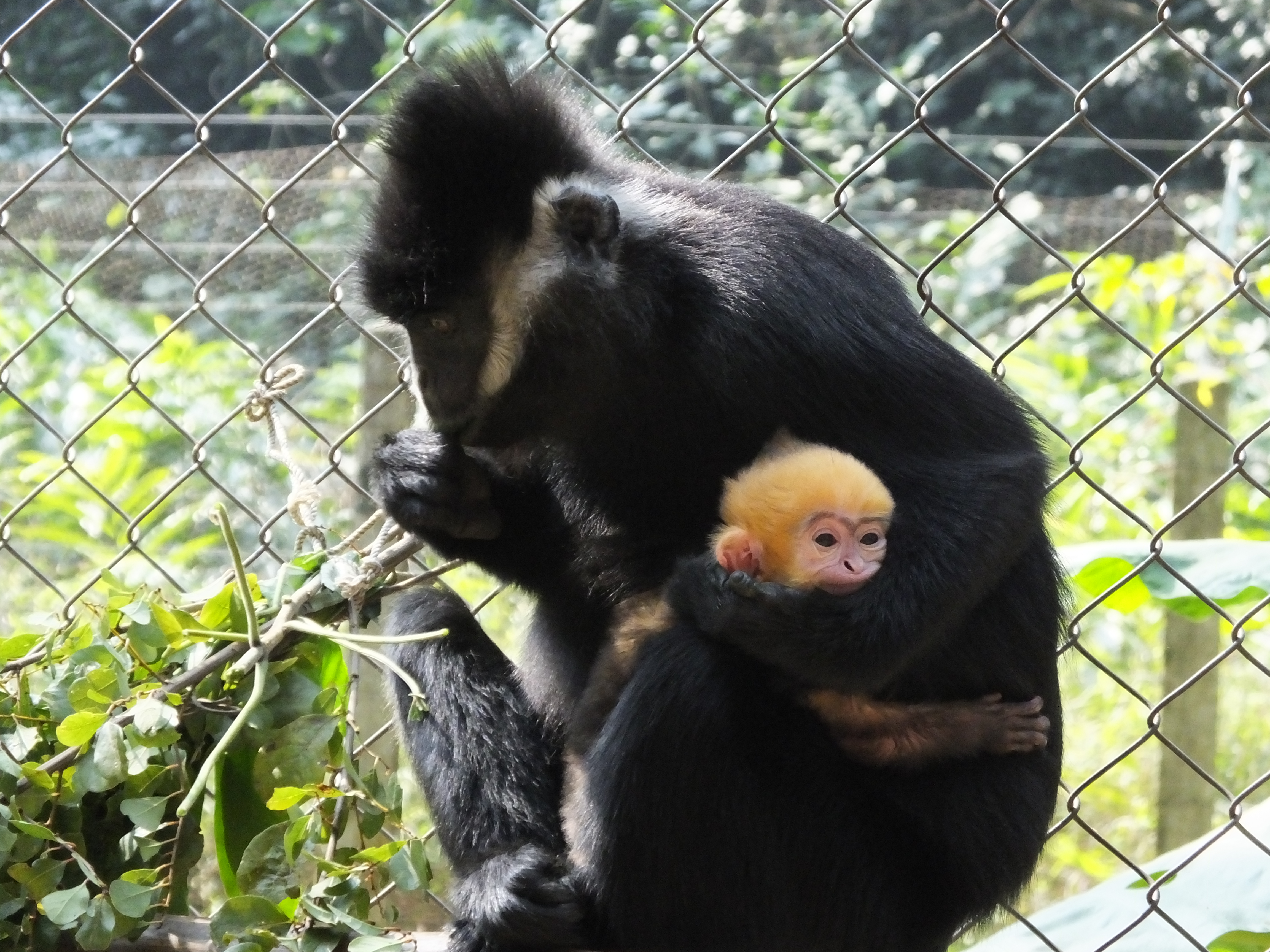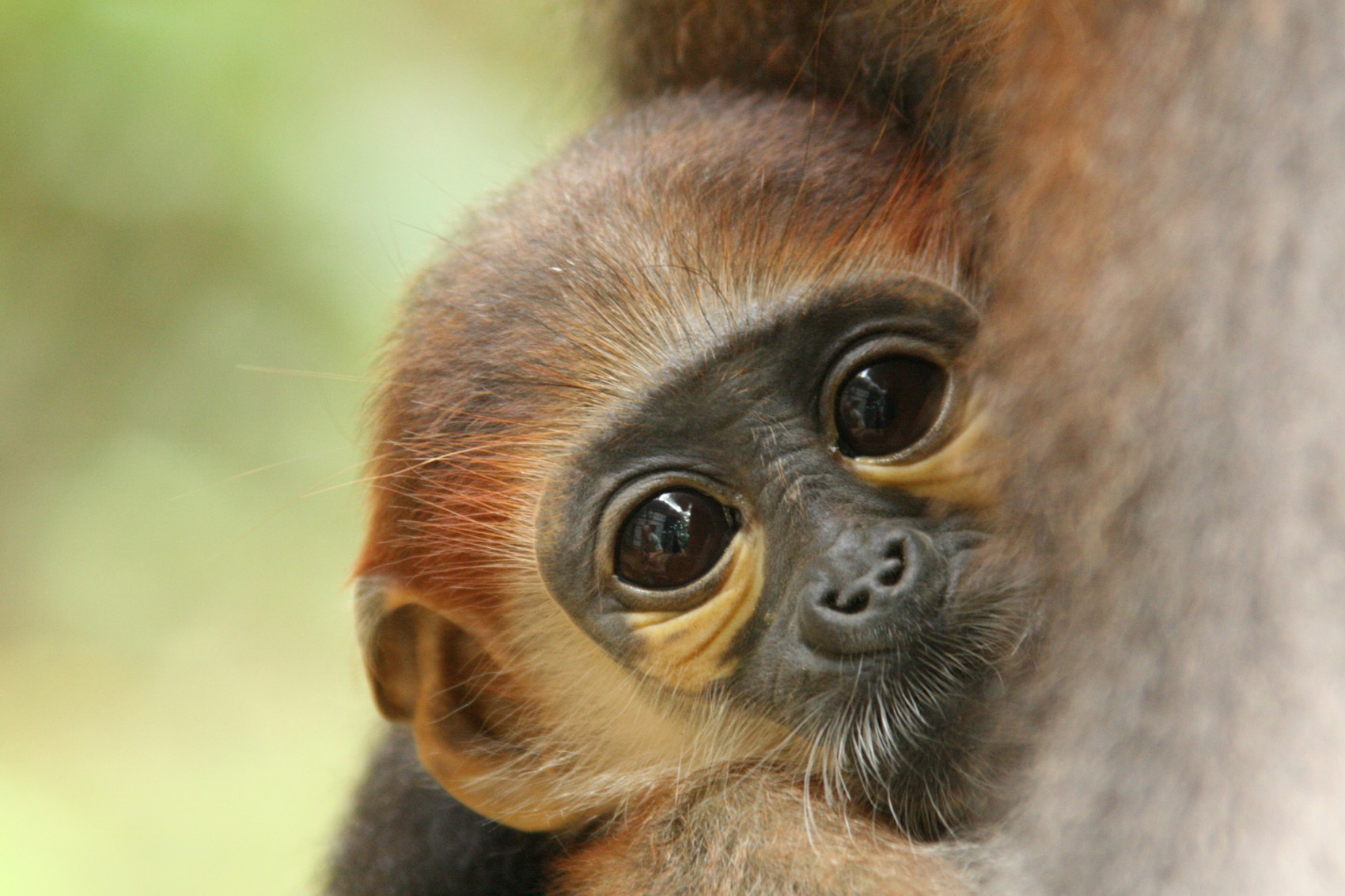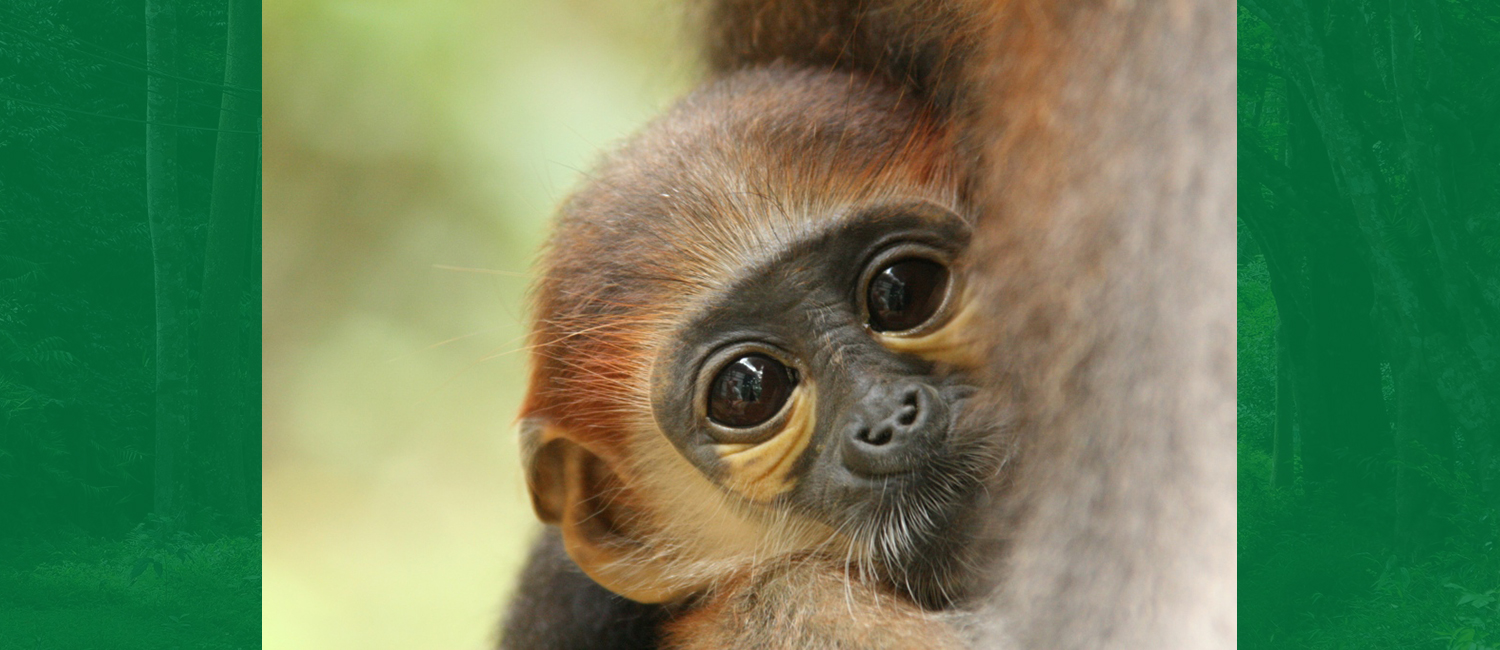Baby Boom at Endangered Primate Rescue Center
The Center has seen 5 new births these last couple of months, totaling 8 births since the beginning of the year. They are exclusively Hatinh Langurs and Douc Langurs newborns, and it’s interesting to see how seasons in EPRC are punctuated with different species reproduction… let’s get a clearer picture of our primates habits:
First, we cannot talk about langurs’ reproduction without mentioning their group structure, as it is composed of one male to at least three or four females and their infants. That potentially means a big family! Their breeding is all year long but Hatinh Langurs birth peaks are observed between January and March and Douc Langurs between March and June. They reach sexual maturity around 4-5 years old, and their gestation lasts 6 to 7 months.



The single offspring clings to his mother from the minute he is born. He will be carried on his mum’s belly which is a good spot to observe the surrounding world while being kept warm and able to feed on her milk anytime! The other females of the troop are generally eager to help caring for the newborns, and we can often witness them babysitting.
The Hatinh Langur, like all Langurs belonging to the Trachypithecus genus, is born orange and will progressively change to his adult black color over the first six months of his life.
The Douc Langur metamorphosis is less spectacular, although they are known as one the most colorful monkey in the world! The newborn has a dark face with pale strips beneath the eyes. As he grows older, his face lightens and his grey body slightly darken. The transformation is complete by the age of 10 months, wearing up to five different colors.



